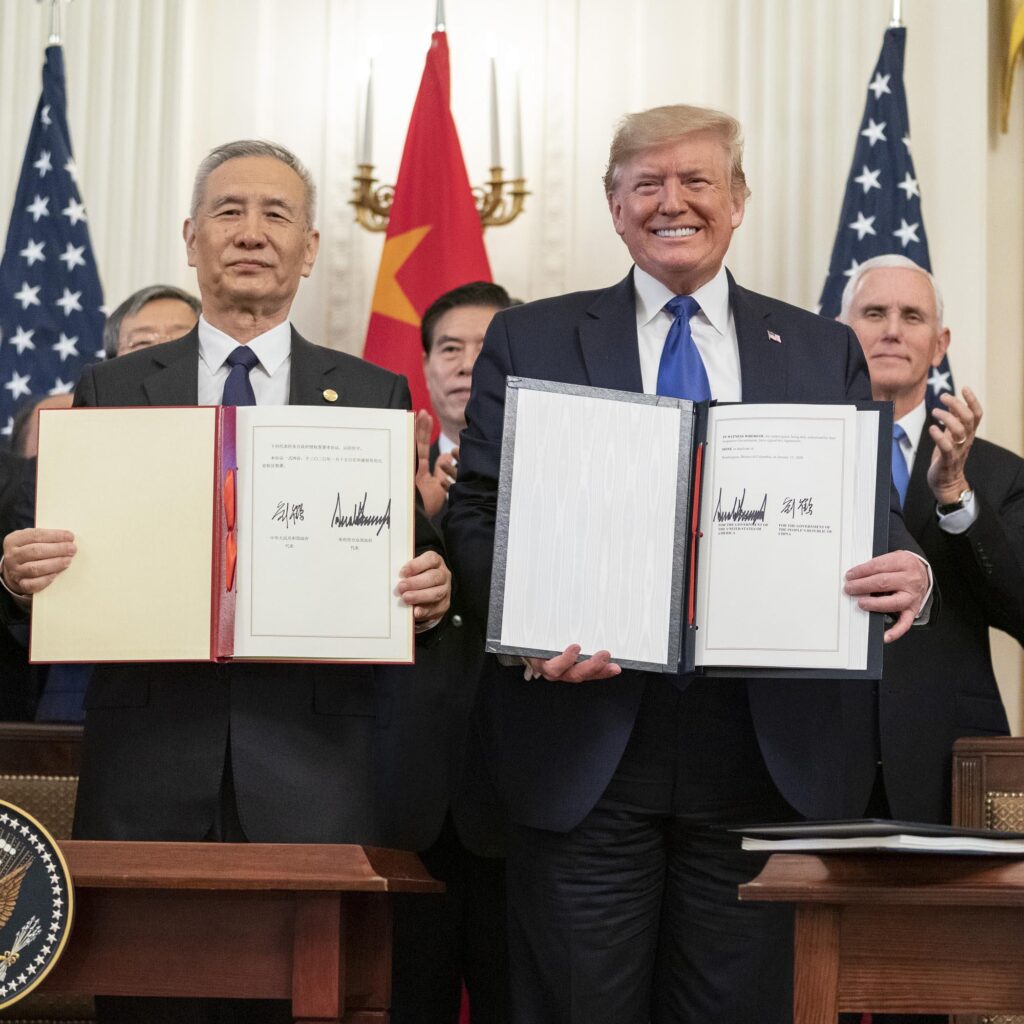In the intricate dance of diplomatic relations,where every step can echo across geopolitical landscapes,India has extended a nuanced olive branch to China. Against the backdrop of complex bilateral tensions, New Delhi’s latest dialogue underscores a pragmatic approach: removing trade barriers could be the key to thawing a relationship long encased in strategic frost. As global economic currents shift and realign, India’s message arrives like a carefully calibrated diplomatic signal—suggesting that economic engagement might just be the bridge to rebuilding trust and normalizing ties between two of Asia’s most consequential powers. In a significant diplomatic overture, India has emphasized the critical importance of removing trade barriers as a fundamental step towards rebuilding and normalizing bilateral relations with China. The statement comes amidst a backdrop of prolonged tensions and economic standoffs that have characterized the relationship between the two Asian giants in recent years.
Senior Indian diplomatic sources have underscored that trade restrictions and economic constraints have been major impediments to meaningful engagement. The rhetoric signals a carefully calibrated approach to reestablishing communication channels and creating pathways for potential economic cooperation.
The core message revolves around dismantling existing trade curbs that have created friction and hindered potential collaborative opportunities. By advocating for a more open economic environment, India is strategically positioning itself to possibly reset the complex bilateral dynamics that have been strained by border conflicts and geopolitical tensions.
Experts suggest this approach represents a pragmatic diplomatic strategy, recognizing that economic interdependence can potentially serve as a stabilizing mechanism in an otherwise volatile relationship. The emphasis on trade normalization indicates a nuanced understanding that economic engagement might provide a more constructive framework for dialogue.
Recent geopolitical developments,including border standoffs and regional strategic competitions,have significantly impacted India-China relations. The current diplomatic messaging suggests a willingness to explore mechanisms for gradual rapprochement, with trade serving as a potential bridging mechanism.
Indian policymakers are carefully navigating the delicate balance between maintaining strategic autonomy and creating opportunities for constructive engagement. The focus on trade liberalization reflects a sophisticated approach to managing complex international relationships, acknowledging both the challenges and potential opportunities.The proposed strategy involves creating more transparent trade mechanisms, reducing bureaucratic barriers, and establishing clearer communication protocols. By prioritizing economic interactions, India aims to create a more predictable and stable bilateral environment.
This diplomatic initiative comes at a crucial time when global economic landscapes are rapidly transforming. Both nations recognize the potential benefits of collaborative economic strategies, notably in navigating increasingly complex international trade dynamics.
The underlying message remains clear: trade normalization could potentially serve as a foundational element in rebuilding trust and creating more constructive bilateral mechanisms. While significant challenges remain, the current diplomatic approach suggests a nuanced and strategic pathway towards potential reconciliation.
As negotiations and discussions continue, the international community will be closely monitoring the potential evolution of India-China relations, with trade serving as a critical barometer of potential diplomatic progress.


